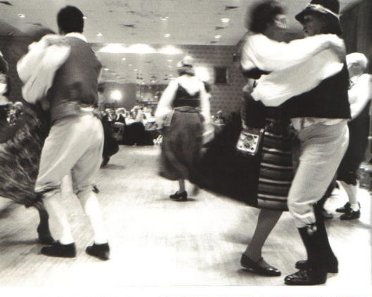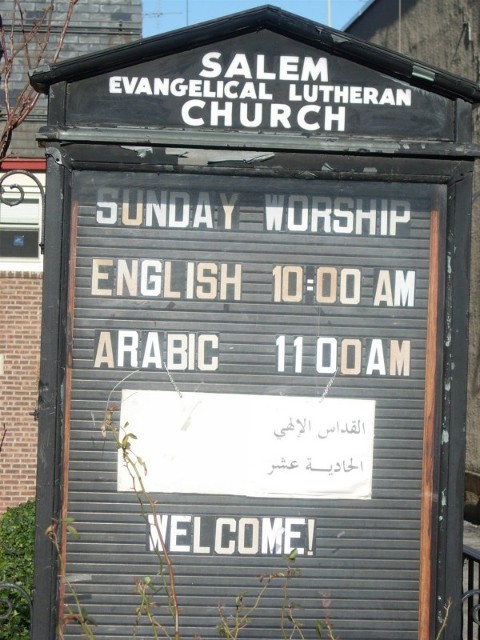Bay Ridge- Evolution
From Decoding New York
| Introduction |
| The East Village |
| * Evolution |
| * Here v. There |
| * Economy |
| * What's Real |
| Bay Ridge |
| * Evolution |
| * Here v. There |
| * Economy |
| * What's Real |
| Comparison |
| * Photo Gallery |
| * Sources
|
The first significant immigration into Bay Ridge was that of the Scandinavians in the 19th century. Indeed, this ethnic community was so prominent that King Olaf V of Norway came to visit Bay Ridge in 1975, celebrating the 150th anniversary of the arrival of Norwegian immigrants. Today, however, little remains of this community; aside from a few bakeries and grocery stores there is virtually no evidence of this culture. Alexander Ruas, a twenty-something Swedish immigrant, observes that other than the Swedish and Norwegian churches located in Bay Ridge, not much of the culture remains. By speaking to older Scandinavian residents in this area, he found that moving away and assimilation of the later-Scandinavian-generation immigrants, as well as the lack of new immigration, have both contributed greatly to the gradual disappearance of this community.
The Irish migration to Bay Ridge was another early wave that had an important impact on this neighborhood. Originally, the Irish in New York generally lived on the Lower East Side and Mid West Side (Hell's Kitchen) of Manhattan. However, as they gradually became more affluent, they began to migrate to other areas with better housing. With the opening of the Williamsburg (1903) and Manhattan (1909) Bridges, as well as the completion of new subway lines (1915, in Bay Ridge), a whole new world became available to this immigrant group. By the 1980s, the census showed that that Bay Ridge was among the three communities in New York City that was most heavily Irish. Yet, many of the people who claim to be of Irish ancestry have assimilated into American culture and have little in common with their ethnic roots, as evident by the visible lack of traditional Irish culture in present-day Bay Ridge. Like the Scandinavians, their presence is reduced to a few grocery stores and pubs which are Irish only in name, and schools teaching traditional Irish dancing. The large Irish migration into Bay Ridge helped shape it into the middle-class community it became, part of a more general trend of relocation out of Manhattan into Brooklyn and then Queens after World Wars I and II. This trend applied to Italians also, who continue, to have significant cultural influences on this area.
Today, it seems that Bay Ridge’s newest residents, Arabs, have the most influence on this neighborhood's ethnic makeup. In the late 19th and early 20th centuries, New York City welcomed a significant number of Syrian and Lebanese immigrants, many of whom found homes in Southern Brooklyn—most notably on Washington Street. With the construction of the Brooklyn Battery Tunnel in the 1940s displacing many of these immigrant homes and businesses, this community shifted to the Atlantic Avenue area in downtown Brooklyn. The decline of the neighborhood surrounding Atlantic Avenue in the 1970s was the main cause of the great migration of Arabs to Bay Ridge, resulting in the building of 3,400 new homes there during this time. Because of their comparatively later migration to the United States, this ethnic group was affected greatly by the National Origins Act in the mid 1920s, thus delaying further immigration until after the 1965 revision of immigration quotas. While the majority of the first wave of early Arab immigrants were Christians hailing from Lebanon and Syria, the later immigration of Arabs proved to be predominantly Muslim, from countries like Egypt, Morocco, Syria, Jordan, Yemen, and Lebanon. Just as the Christians dedicated churches specific to Arabs like the Church of the Virgin Mary, Saint Nicholas, and Our Lady of Lebanon, the Muslims, too, founded mosques, the most prominent being Masjid Musaab bin Omayer in Bay Ridge. In fact, the extent to which Arab culture has displaced earlier ethnicities can be seen by the Salem Arabic Lutheran Church, located in Bay Ridge, which was once the Salem Danish Evangelical Lutheran Church.

